According to Ben Affleck, the last duel (Theatrical release October 29) it is an anti-cavalry film. Anti-gentlemen. Because it is full of them but it completely dismantles everything that they were. “The great illusion of the knights was to protect the lady. But in fact, it was a code, a way of behaving that It denied the basic humanity of women. says the actor.
That was the main reason that led Affleck and his friend Matt Damon to sit down again to write a script adapting the book of Eric Jagger, The Last Duel: A True Story of Crime, Scandal, and Trial by Combat in Medieval France. Published in 2004, it reconstructed the events that triggered the that last duel to the death between knights, endorsed by the Parliament of Paris, and which took place in 1386 in the former Abbey of Saint-Martin-des-Champs, then converted into a kind of gladiatorial arena.
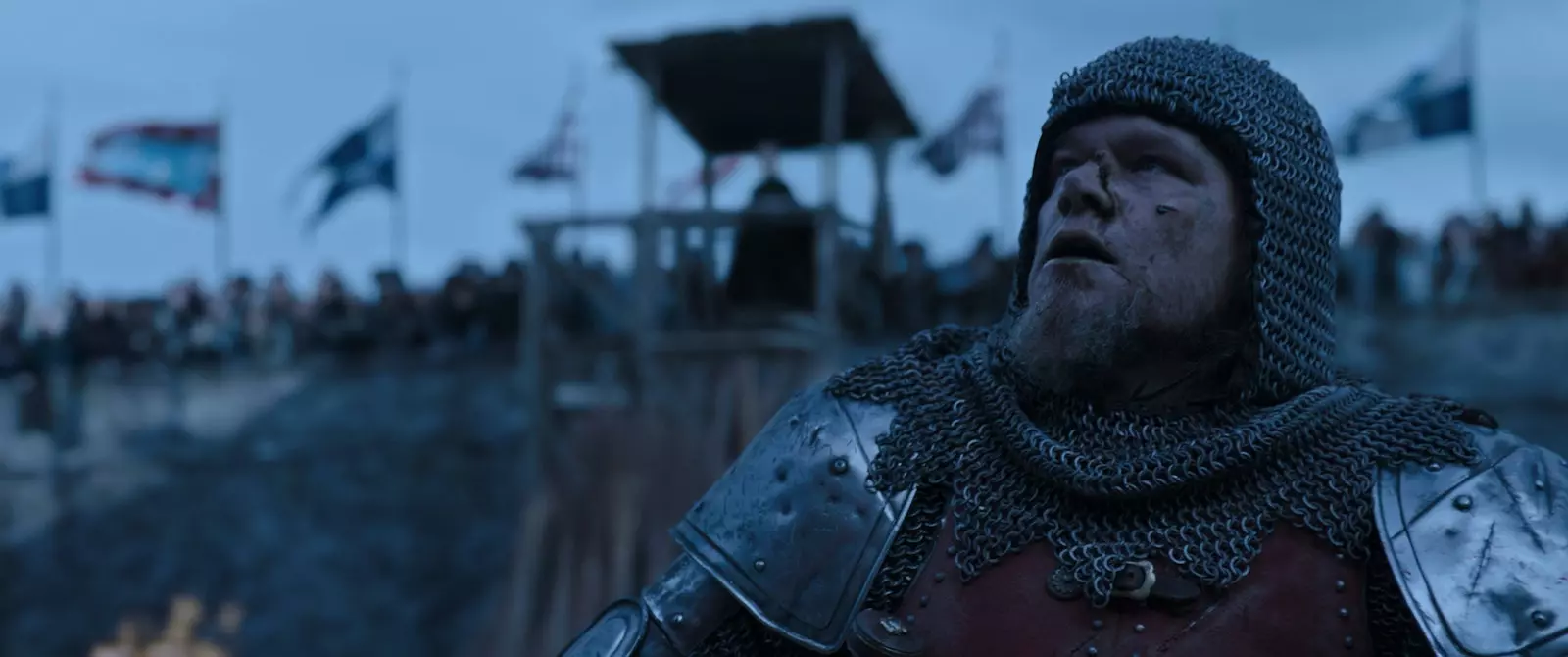
Matt Damon in 'The Last Duel'.
Jager spent years travelling to Normandy, visiting the castles of the protagonists of this story, the towns, churches, archives, compiling writings from direct witnesses or accounts of the time to reconstruct the events that led two old friends to face each other to death, two squires of the French court: Jean de Carrouges (played in the film by Matt Damon), of noble family and proud soldier; Y Jacques LeGrey (Adam Driver) a man who climbed fast in the society of the moment.
Precisely, the rapid rise of the latter and the favors and friendship offered by the Count Pierre d'Alençon (Ben Affleck, platinum blond) were the basis of the beginning of the enmity between the two gentlemen that broke out when Le Gris attacked and raped Carrouges's wife, Marguerite (played by Jodie Comer). The normal thing at the time would have been for the woman to keep quiet, she did not report it, not even to her husband for fear that he would kill her. But Marguerite spoke up and asked her husband to demand justice for her, because she couldn't do it alone. And Carrouges demanded that duel to the death so that God would decide who was telling the truth. If Carrouges died, according to the justice of the time, it meant that Marguerite had lied and she would be burned alive in public.
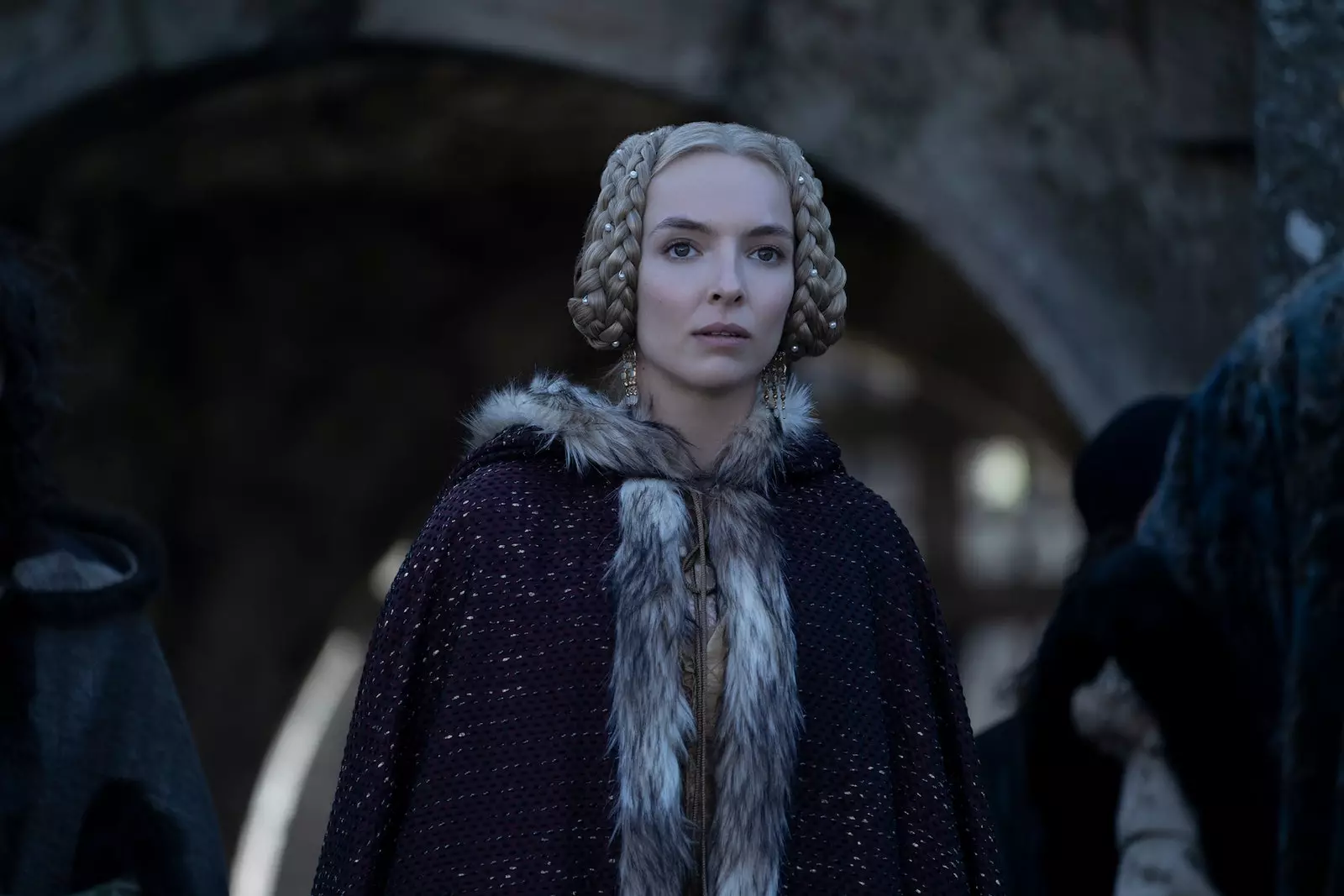
Jodie Comer is Marguerite.
"The duel is remembered as an old family tragedy, is part of the history of Normandy, of their life. They have festivals where they represent combat,” says Jager. And the duel itself in the film is a scene that makes your hair stand on end, also the detail with which Ridley Scott and his team have portrayed the Middle Ages, from the costumes to the meals, the customs. However, that was not what attracted everyone. They decided to make the film to give voice to the true protagonist of that historical event: Marguerite. Give him the voice that was denied and silenced in the fourteenth century and later.
Divided into three chapters, each one narrates the story from the point of view of one of the protagonists, Carrouges, Le Gris and, finally, Marguerite, "which would be fiction", says the screenwriter who wrote it Nicole Holofener, because there is almost no information about it. And even so they filled it with truth thanks to the customs that were known, and the laws of the time, such as that women were the property of fathers and husbands. Reason enough to decide Margaret was telling the truth that she risked a lot to do it and that her story it has echoes about the patriarchal system and the Me Too until today.
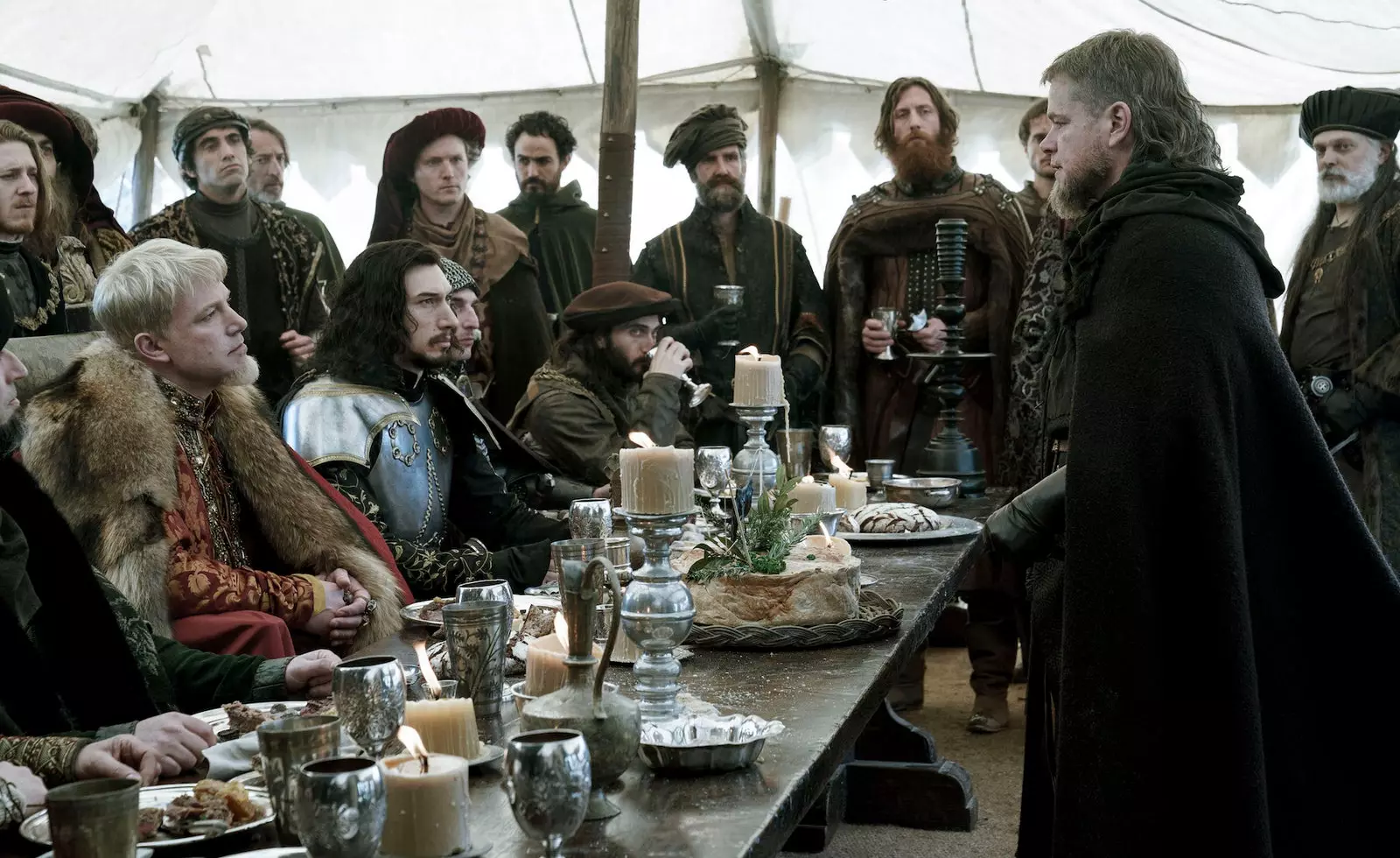
Ben Affleck, Adam Driver and Matt Damon, easers.
REAL SCENARIOS
A story based on historical facts, with great research and precision in terms of weapons, uses, customs, a spectacular staging, an unmistakable signature of Ridley Scott (Blade Runner, Alien, Gladiator), also required some real and spectacular scenarios. And here Scott allowed himself a little license: instead of looking for the palaces and castles in Normandy, he went to the southwestern French region of Périgord Noir. He got the better of nostalgia: there he had shot his first film in 1976, which in some way, or in a lot, reminded him of this one: The duelists. And where did he roll The last duel?
Chateau de Beynac: located near the town Beynac-et-Cazenac, of the twelfth century, they used it to shoot a good part of the interiors of the Castle of Jean de Carrouges. Here they filmed the wedding between Carrouges and Marguerite; and they also made it through the interiors of the Château Fontaine-Les Sorel, the home of Marguerite's family.
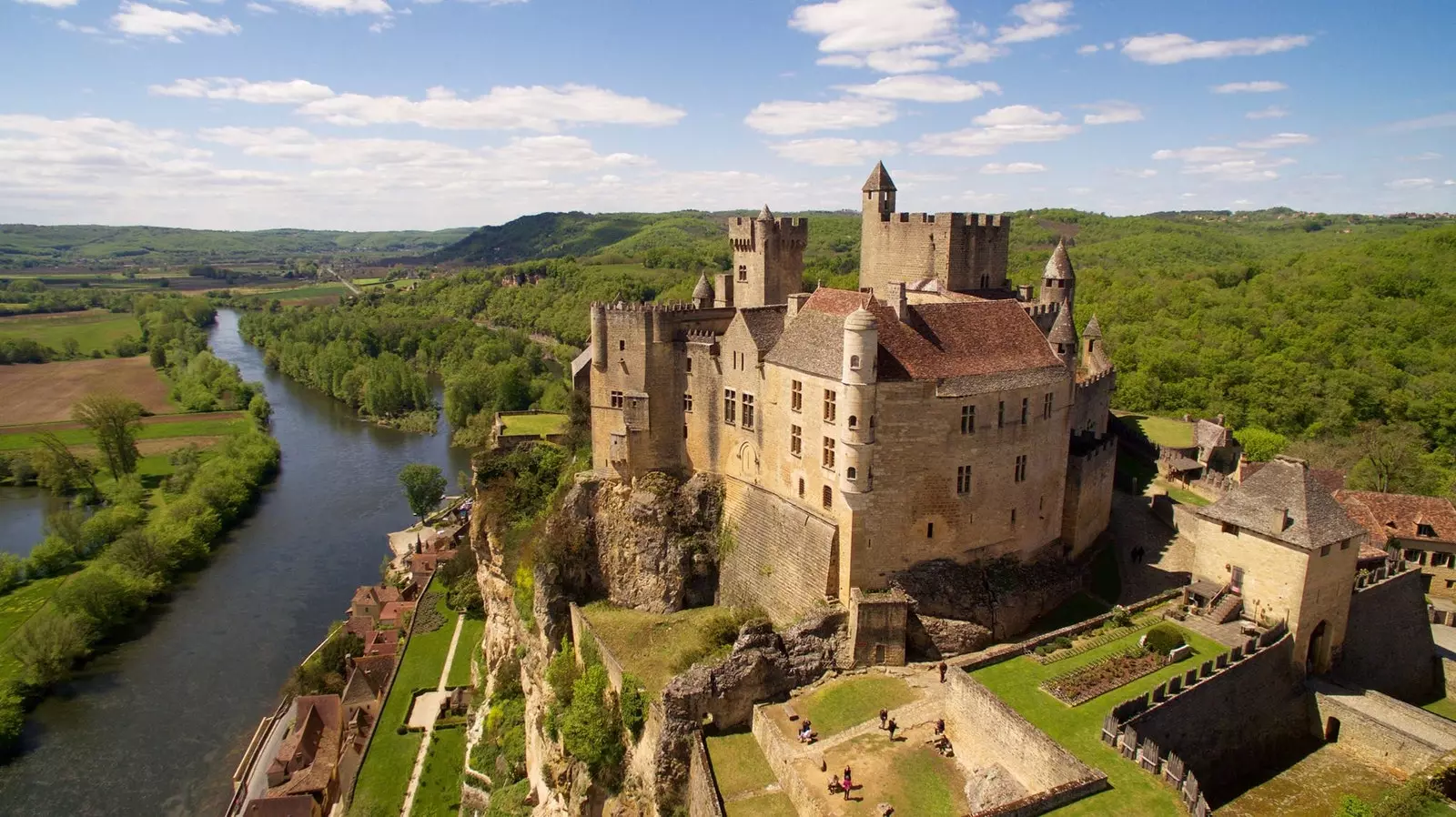
Chateau de Beynac.
Chateau de Fenelon in Sainte Mondane: the entrance to this 13th-century castle that played a key role in the Hundred Years' War appears in the film as that of the Fort Belleme, the captaincy of the father of Carrouges. Here he already rolled drew Barrymore her version of Cinderella in 1998.
Monpazier: one of the most beautiful villages in France, near Fénelon, they used it to pass him off like old paris for how well it preserves its medieval past. The Place des Cornieres, for example, it was quickly transformed into a medieval market where Marguerite attends.
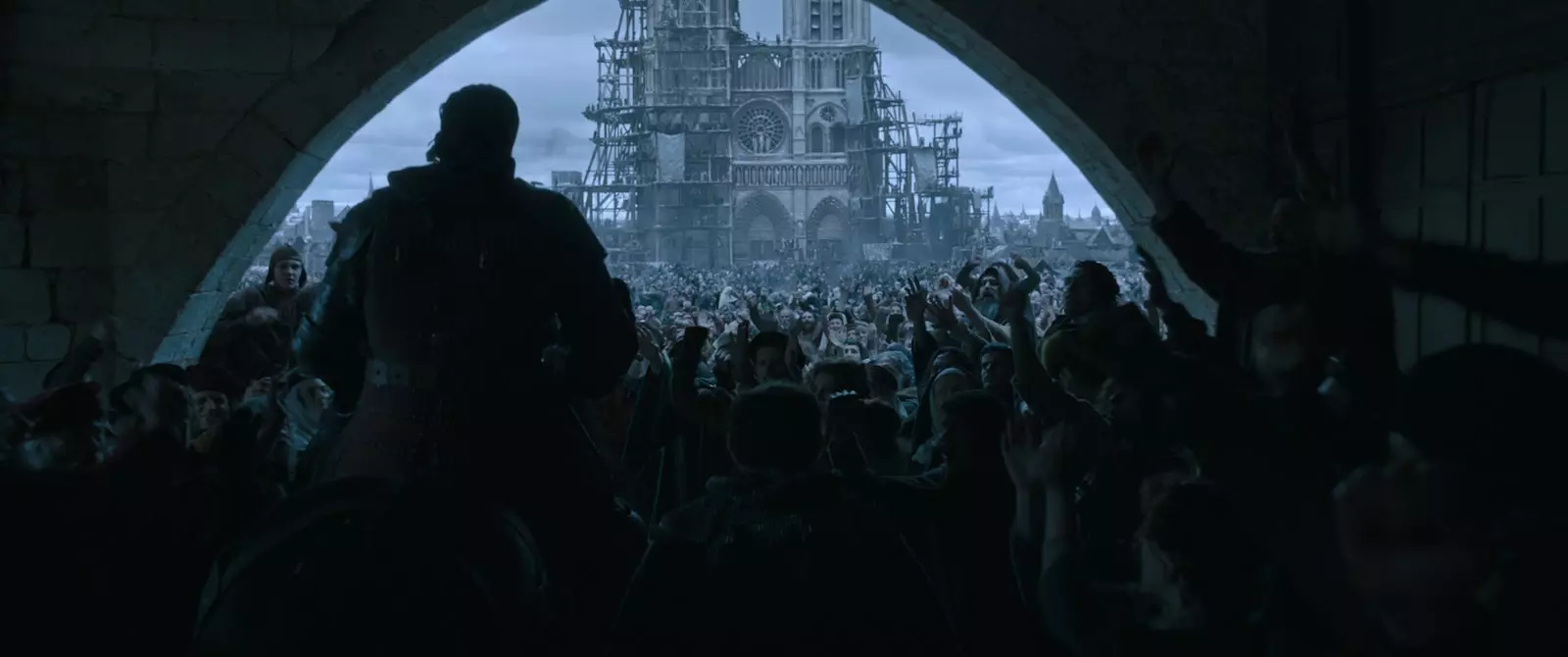
Carrouges entering Paris.
Chateau Berze-le-Chatel: In this 12th century Burgundian fortress they also shot interiors and exteriors of carrouge properties, such as the chapel, the gates, the stables, the cemetery and surroundings.
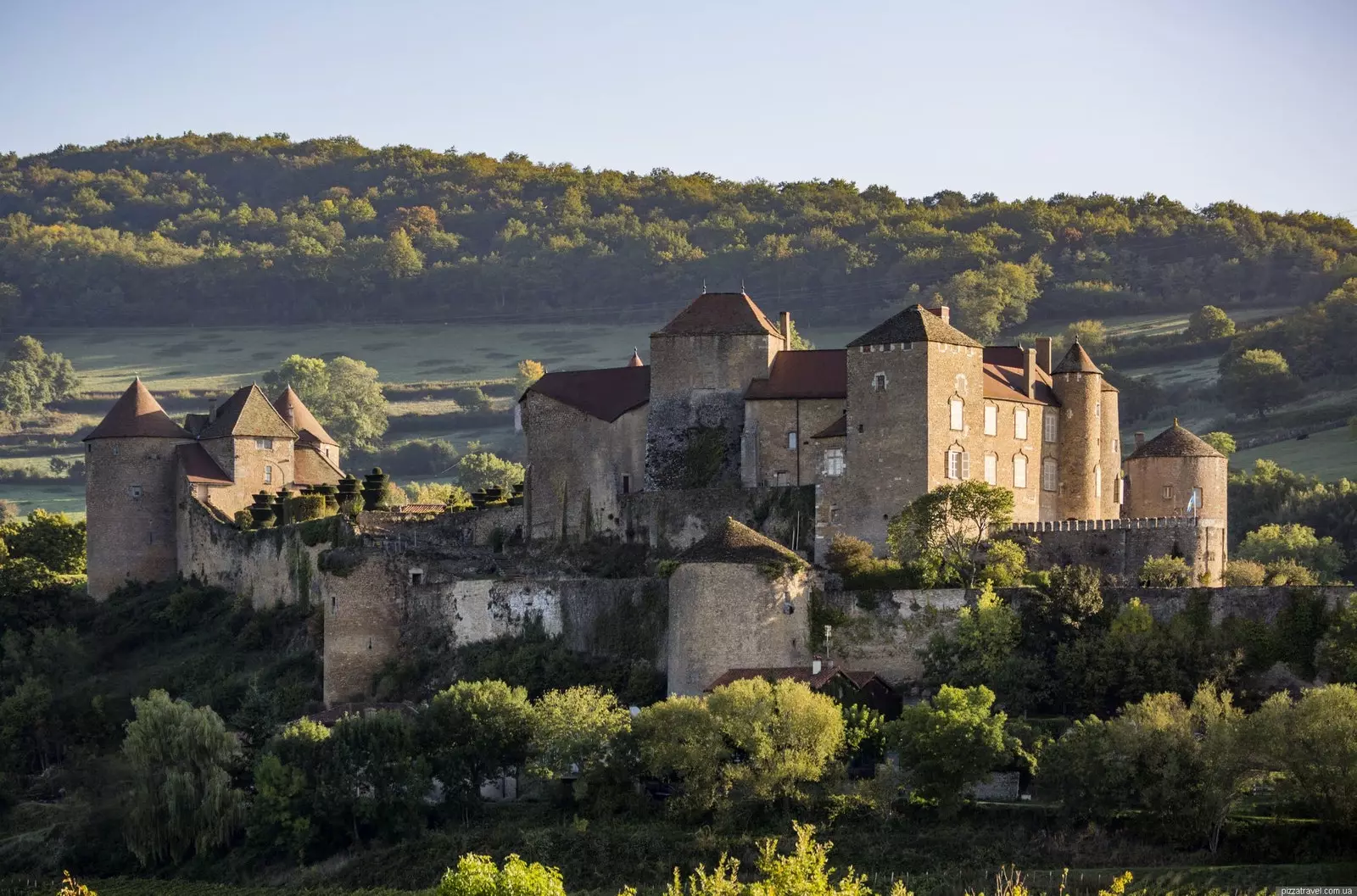
Berze Fortress.
Abbey of Fontfroide: in Narbonne, near the Spanish border. It appears in the film at various times, the main ones: the trial and the crash in the cloister between Jean de Carrouges and Margaret.
Sarlat-la-Caneda: It does not appear in the film, but as a curiosity, this town, also of medieval origin, was the base of operations during the weeks of filming in France. In La Coulevrine was seen eating Matt Damon as Adam Driver took the opportunity to visit the nearby prehistoric caves of Lascaux.
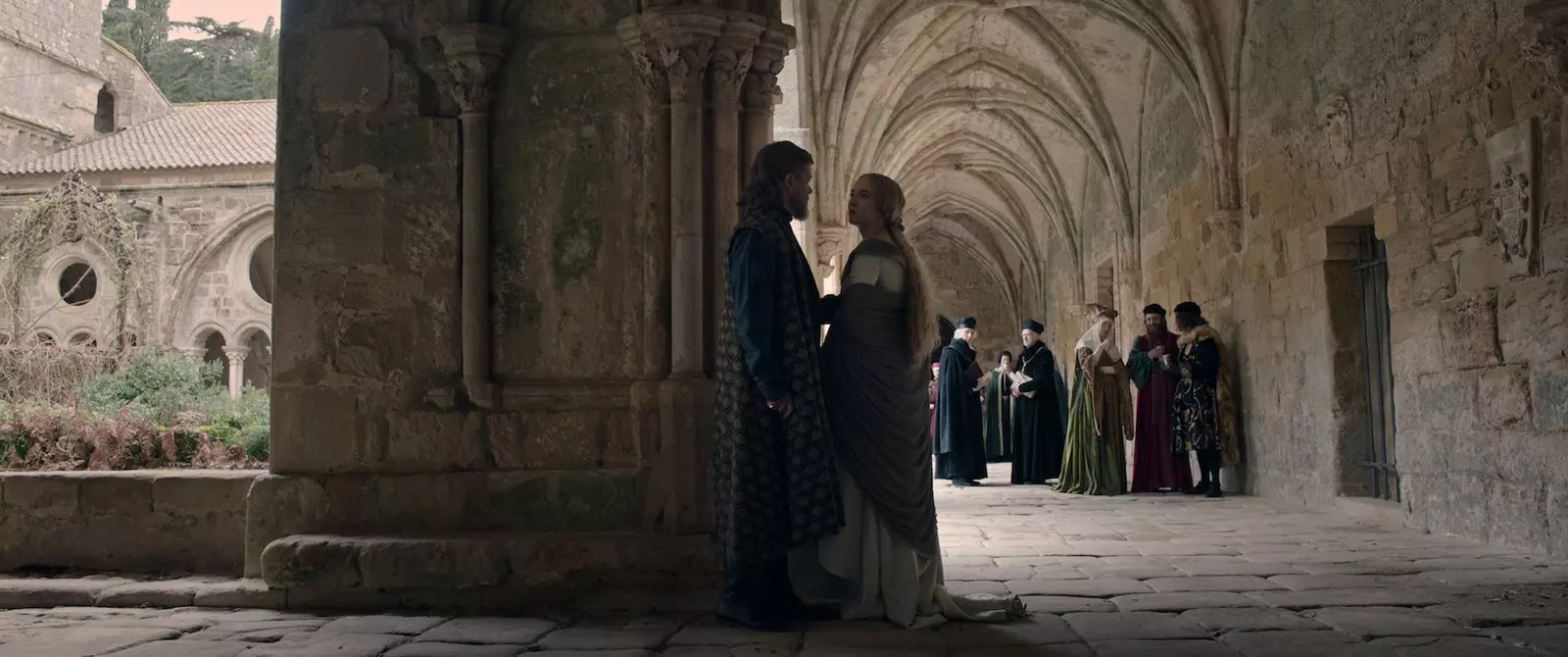
The cloister of Fontfroide Abbey with Comer and Damon.
The rest of the locations of The Last Duel were placed In Ireland. In the ardmore Studios, they built the Great Hall of Argentan and many other interior rooms. And in Oak Field, in Ashford, recreated Saint-Martin-des-Champs Abbey for the great final duel.
You may also like:
- Get to know Marseille with Matt Damon
- Like queens in the castles of Scotland
- Five castles near Paris to dream about
SUBSCRIBE HERE to our newsletter and receive all the news from Condé Nast Traveler #YoSoyTraveler
